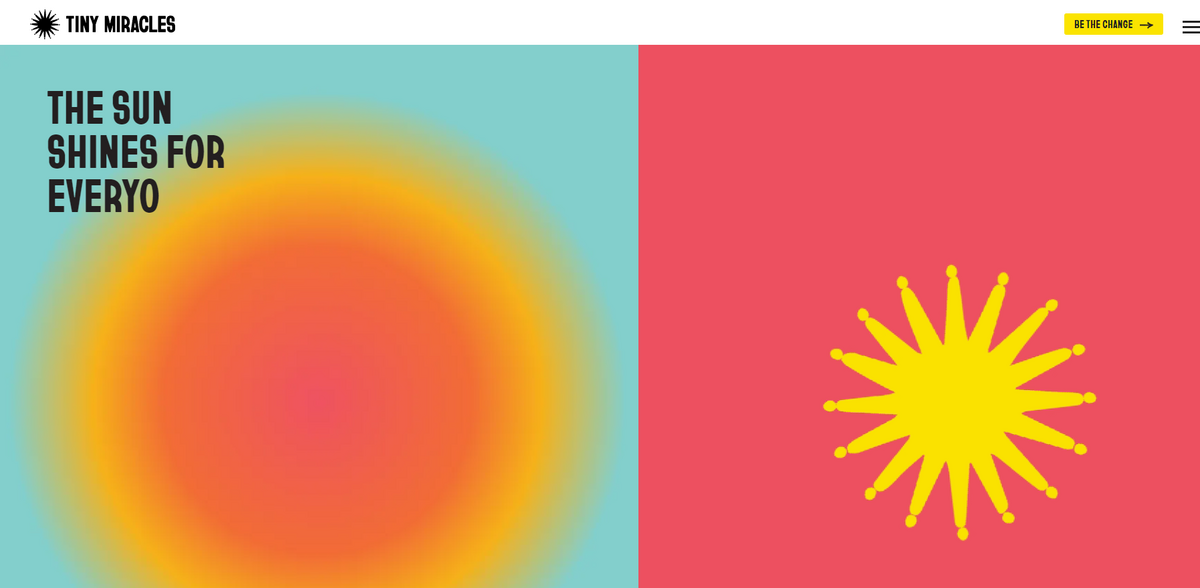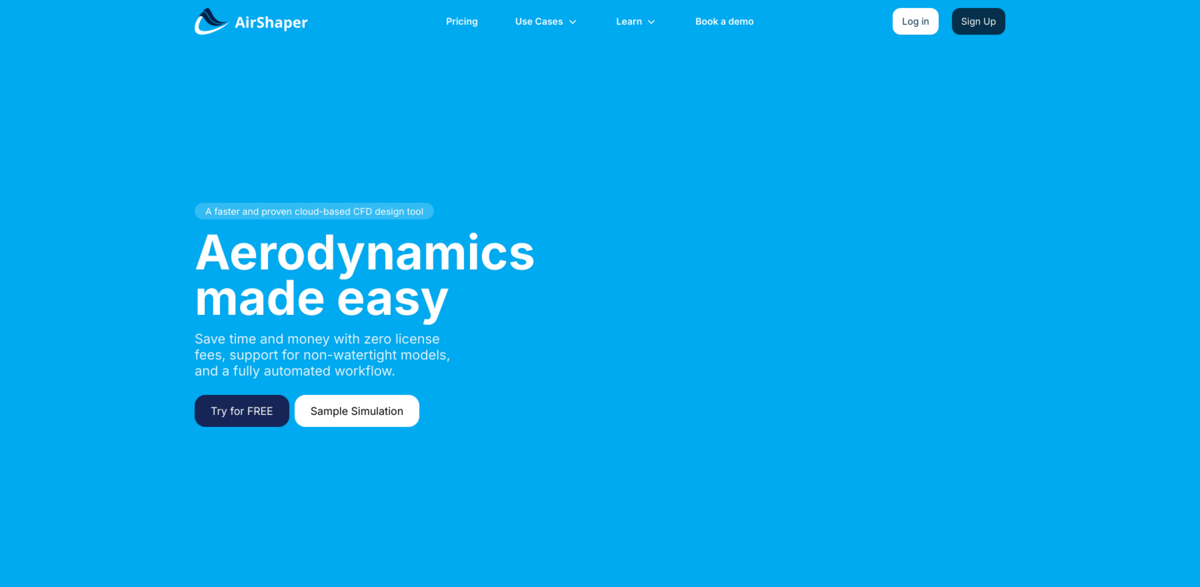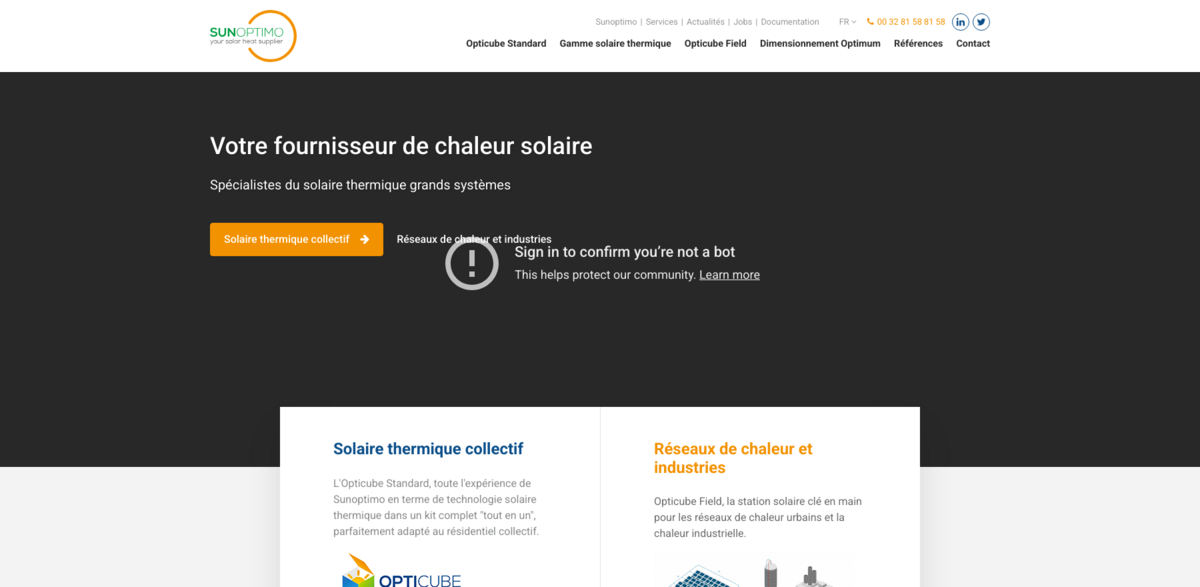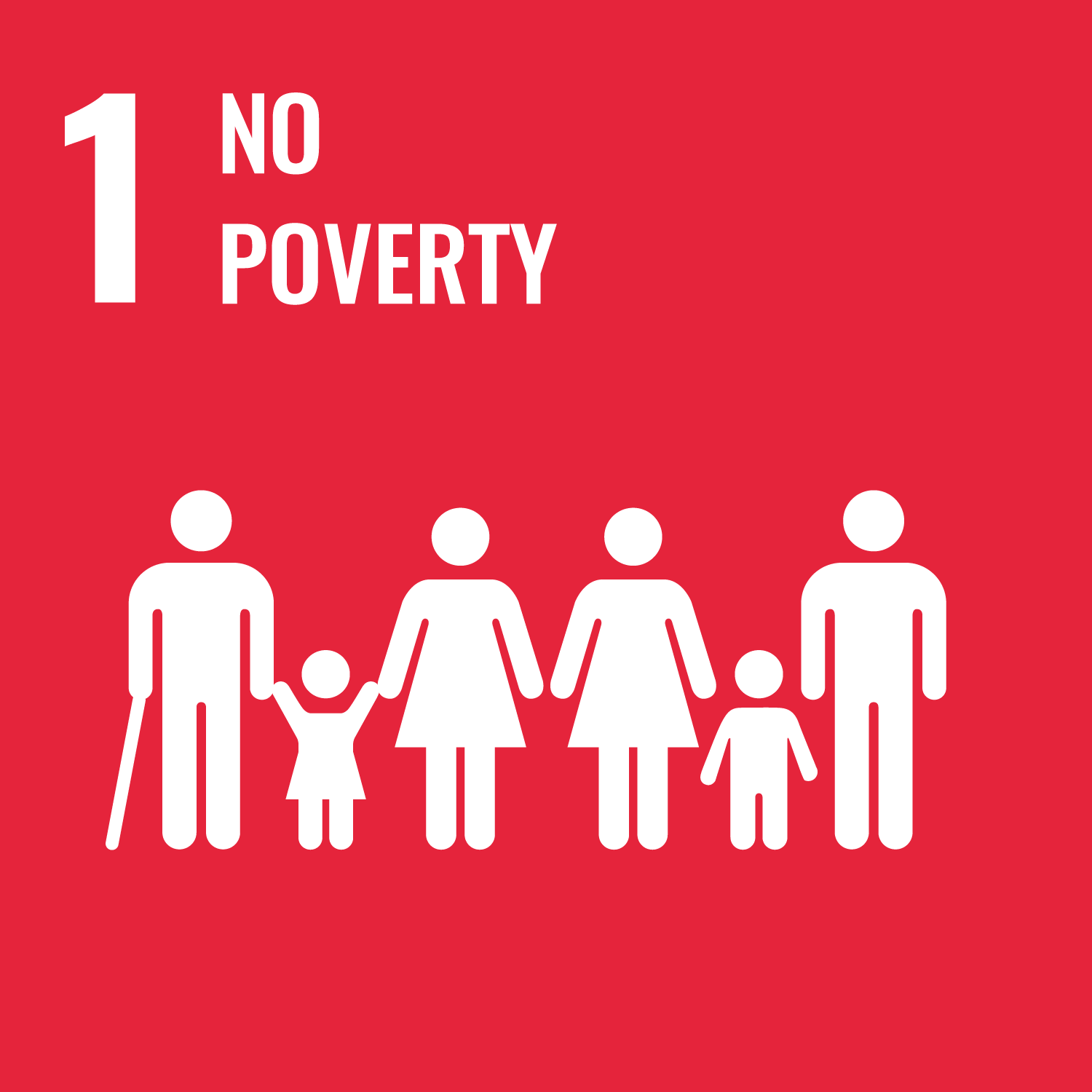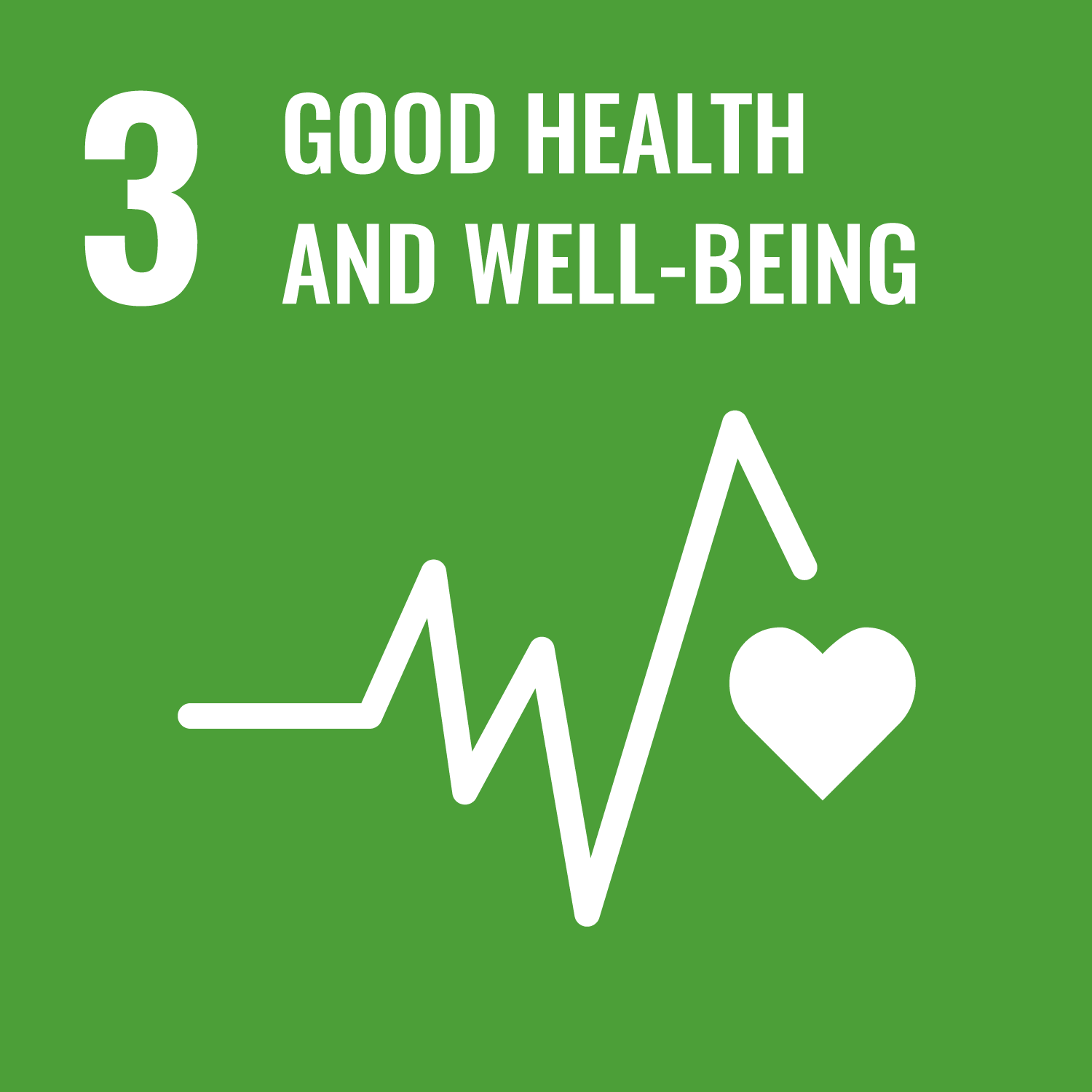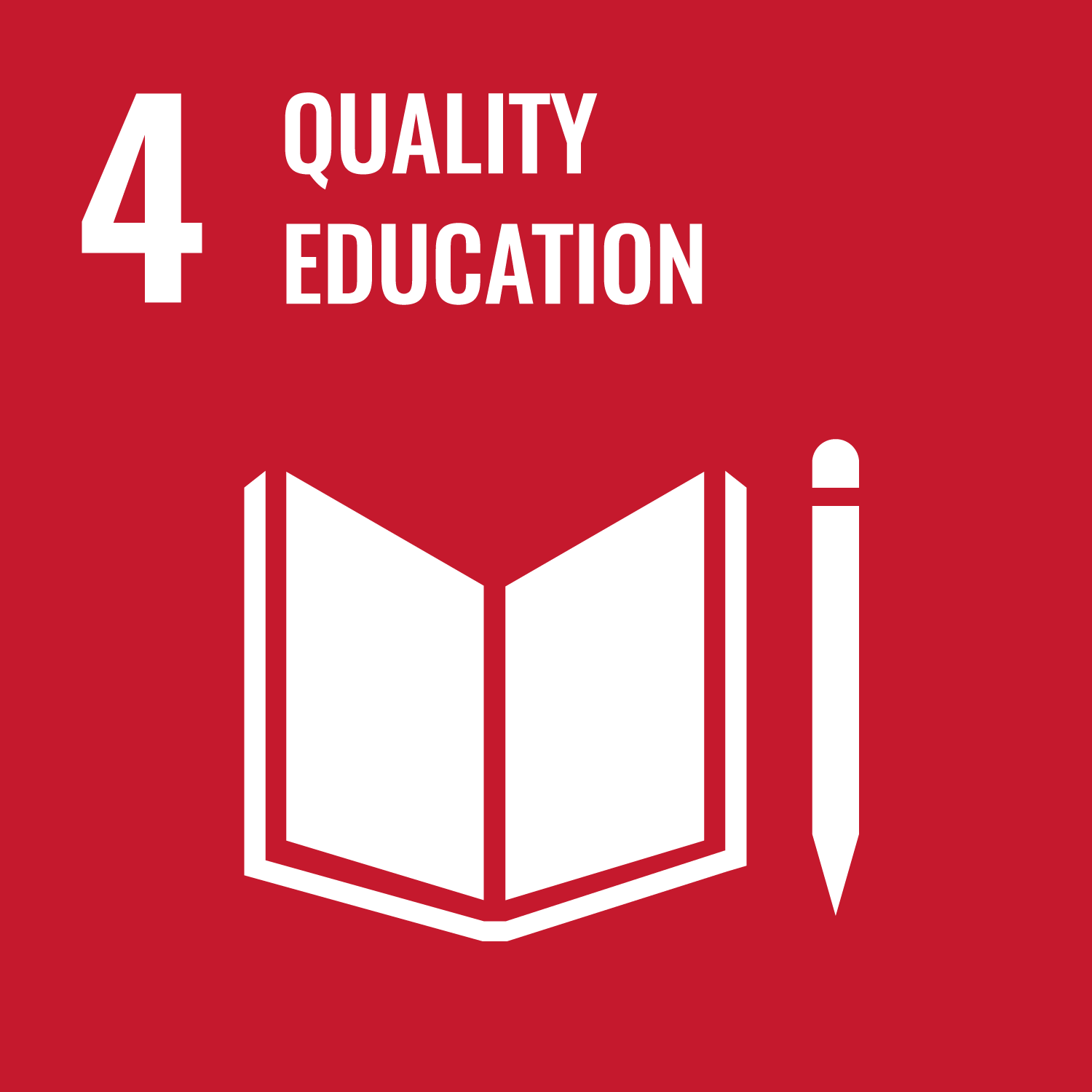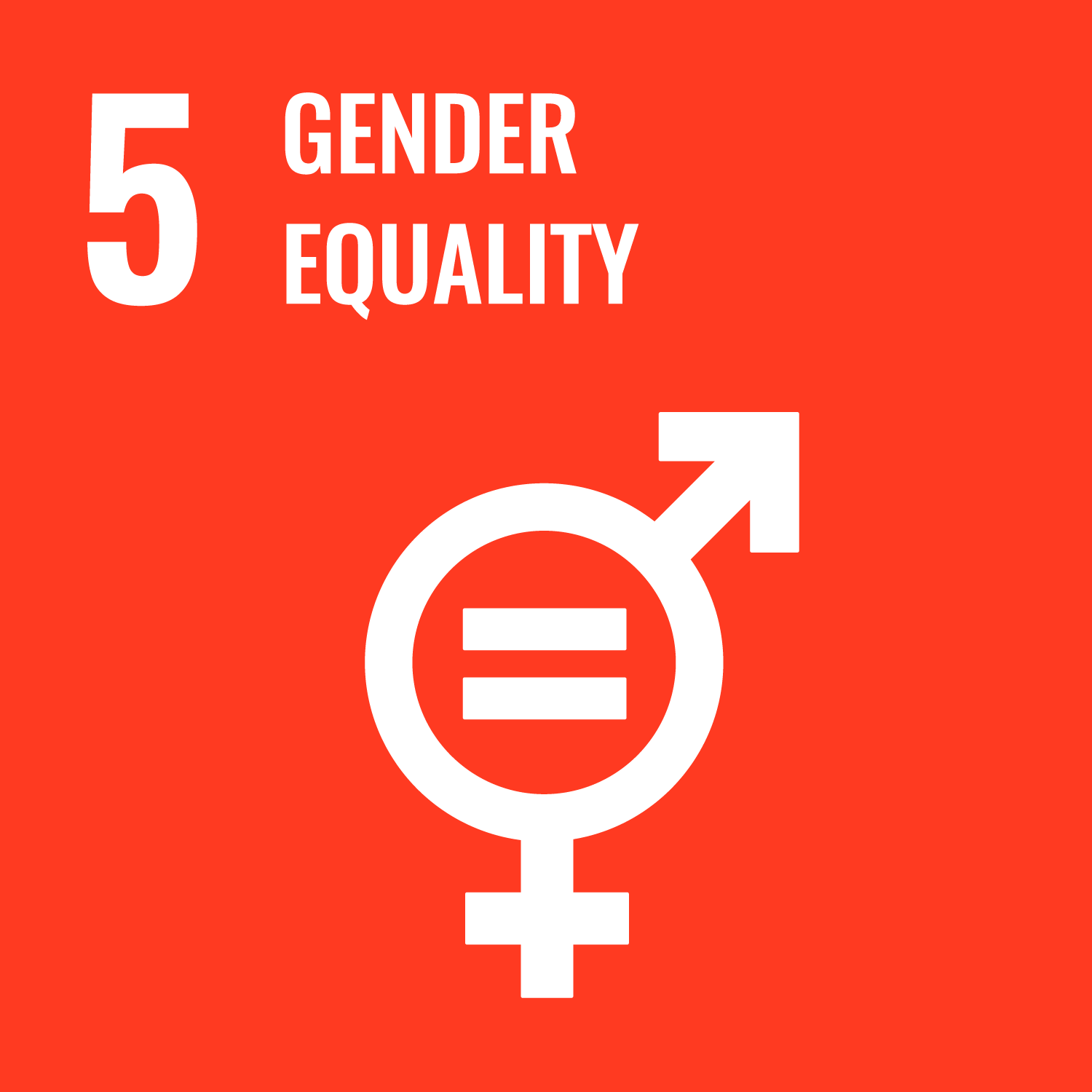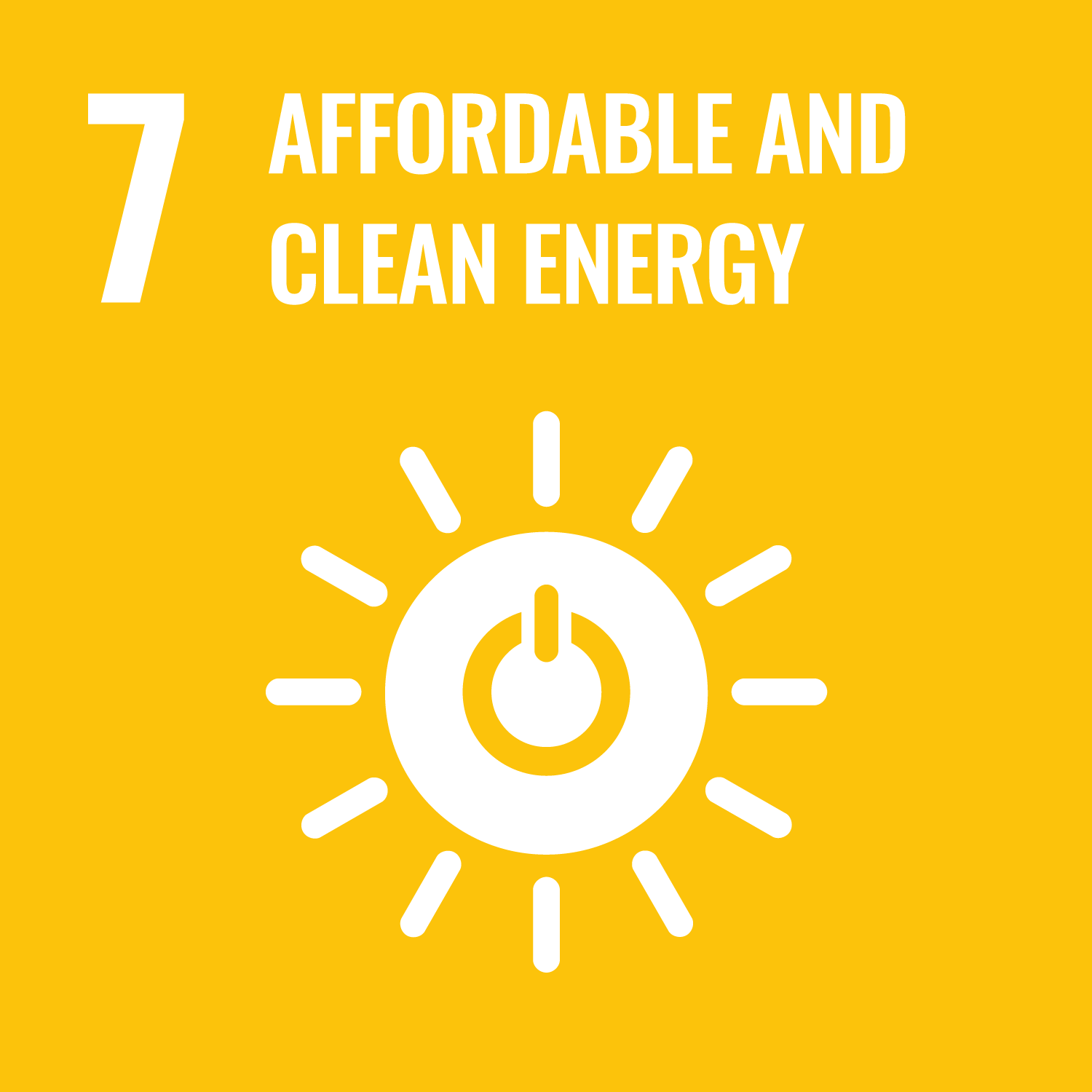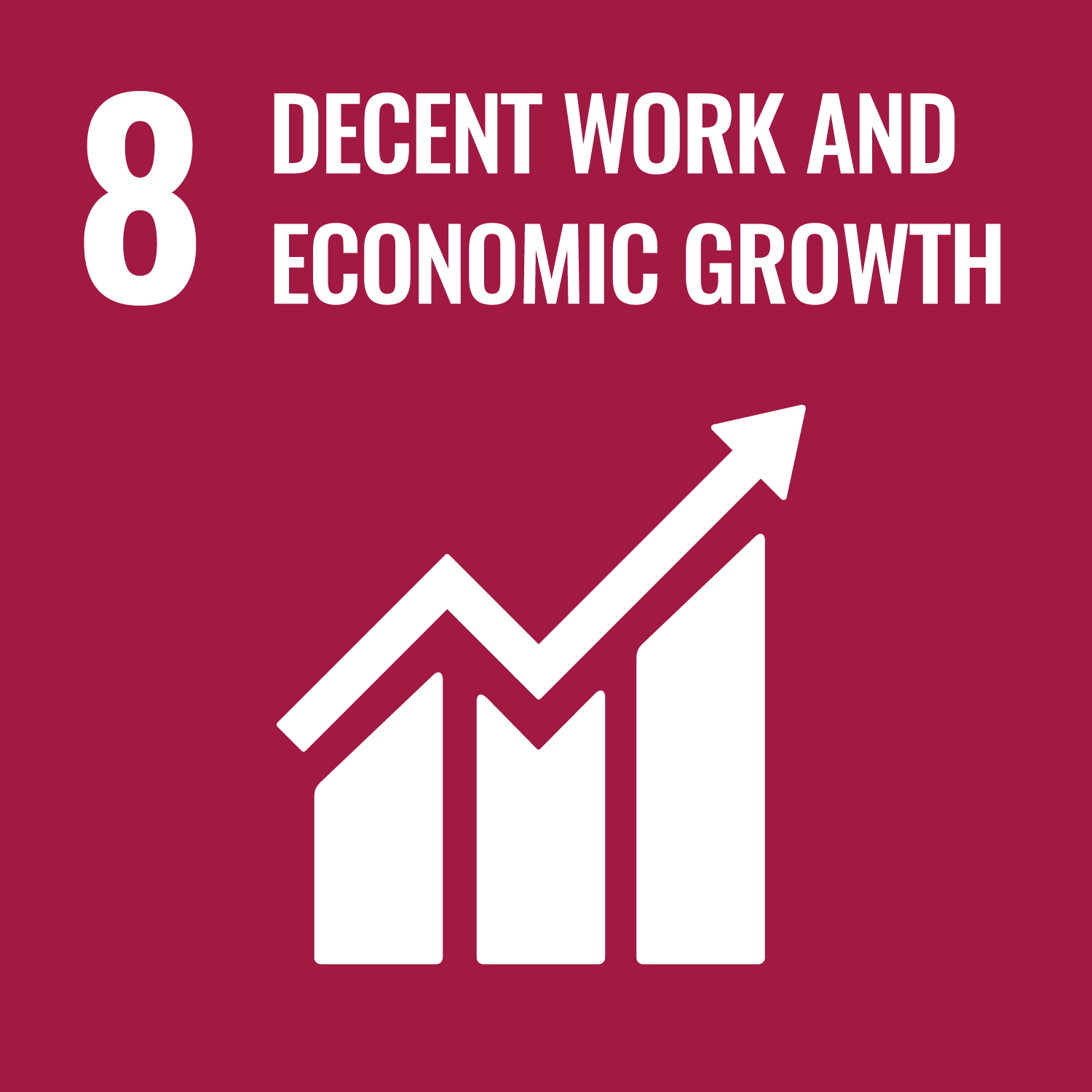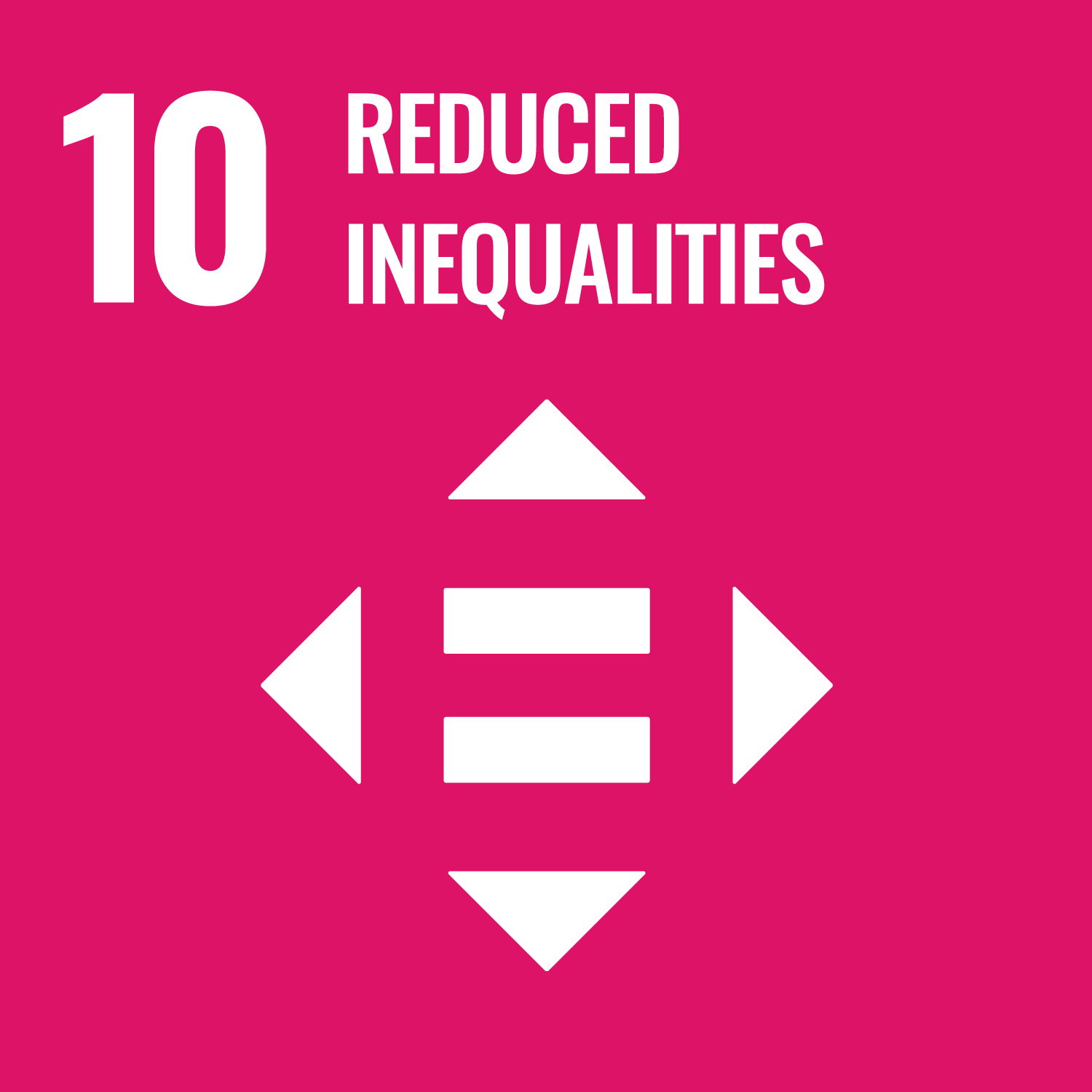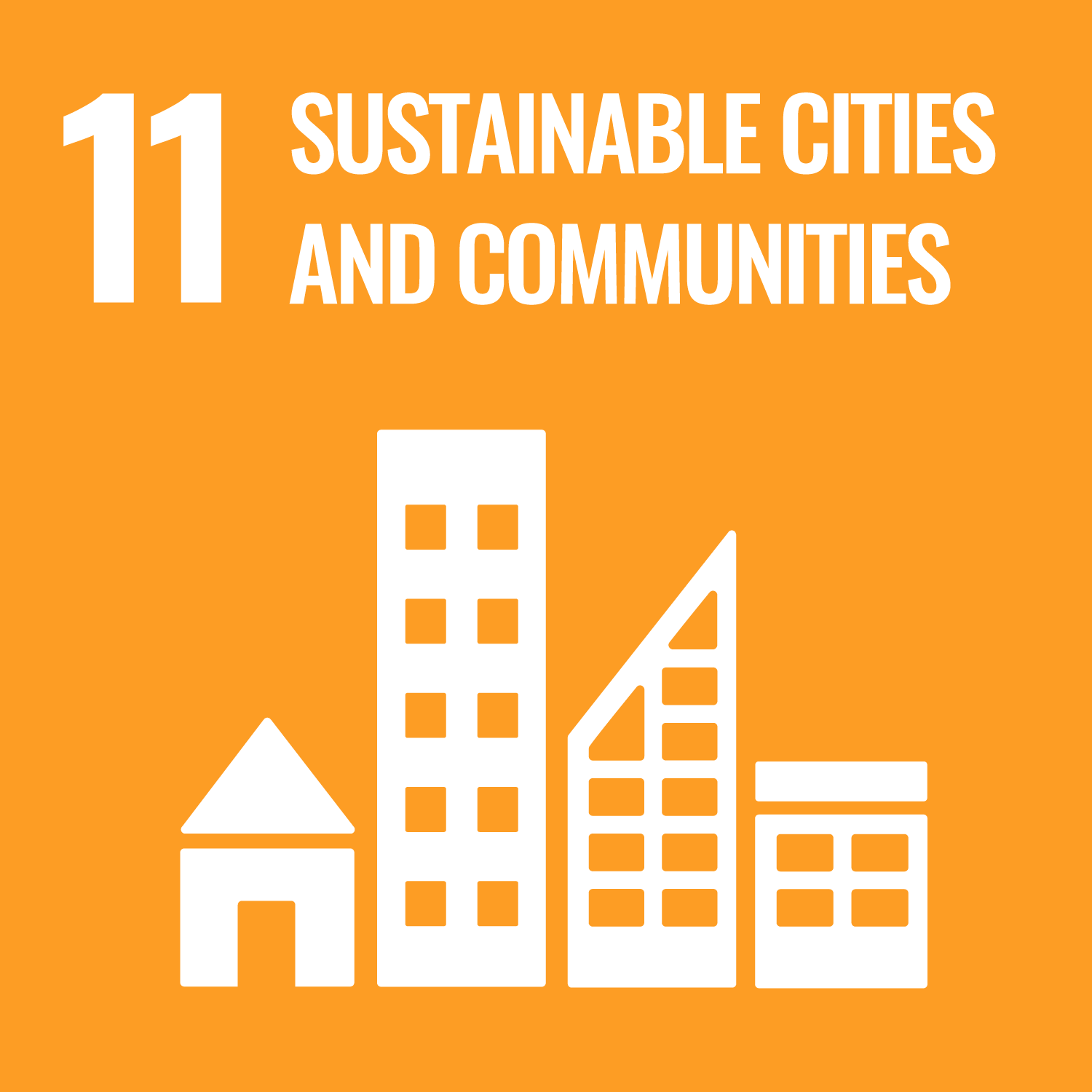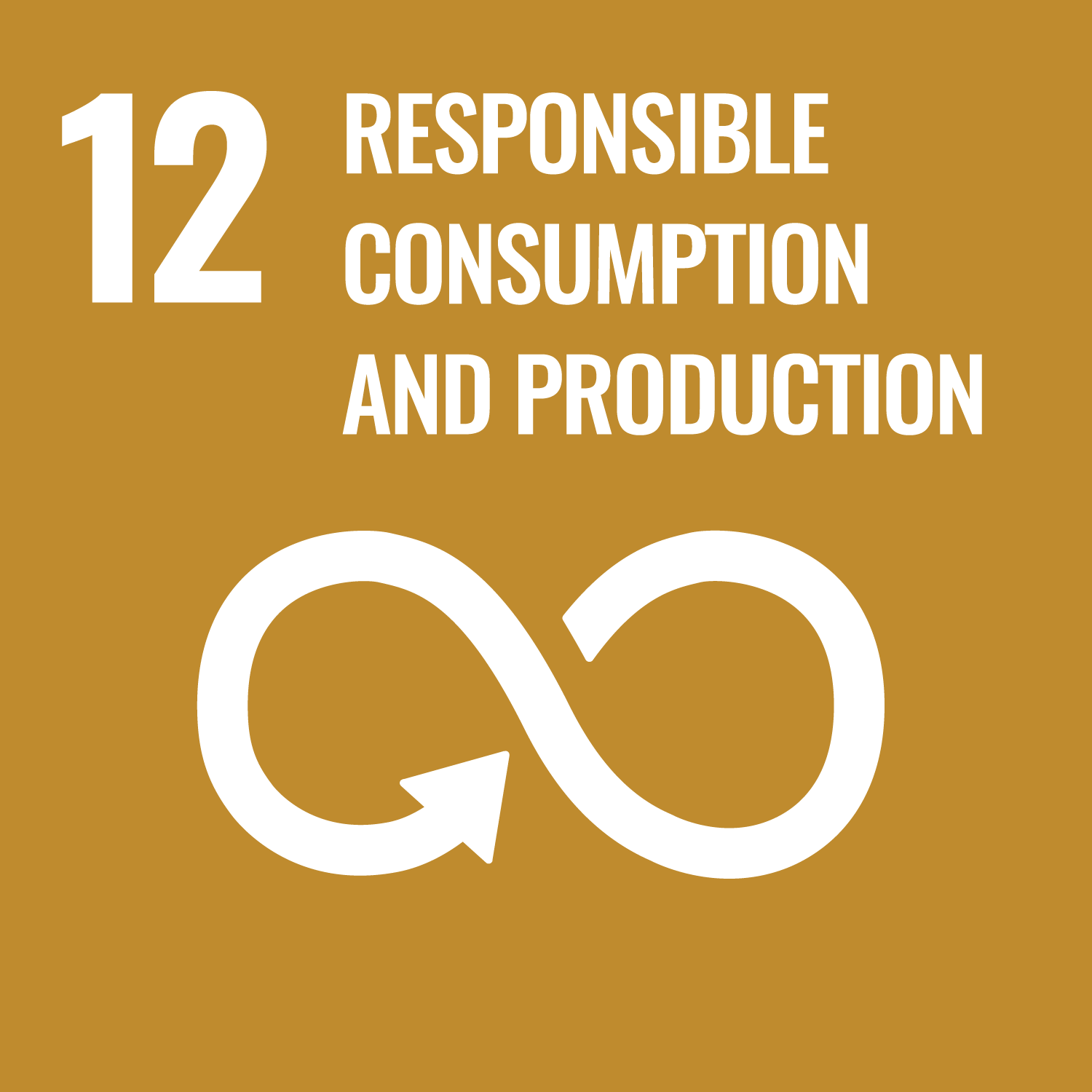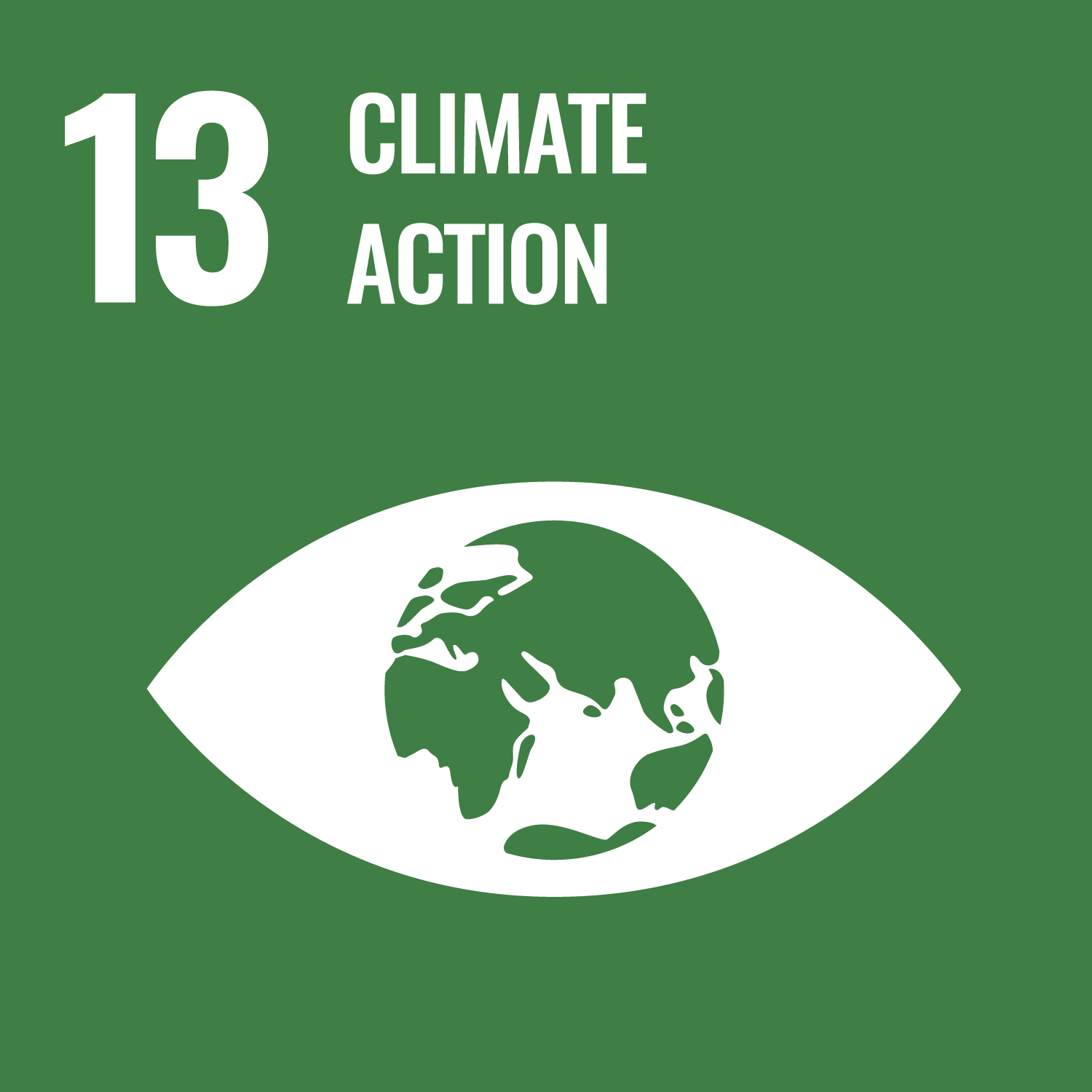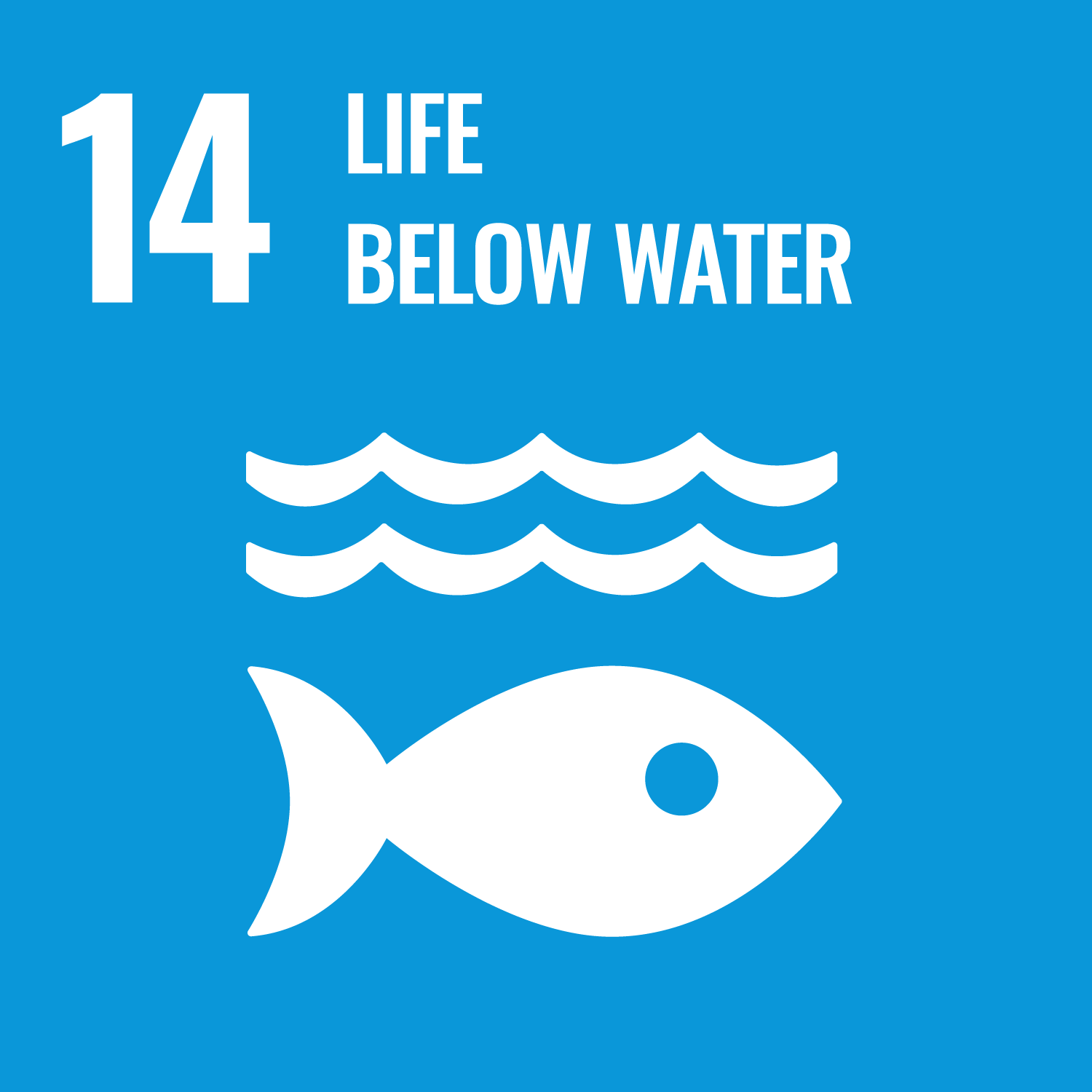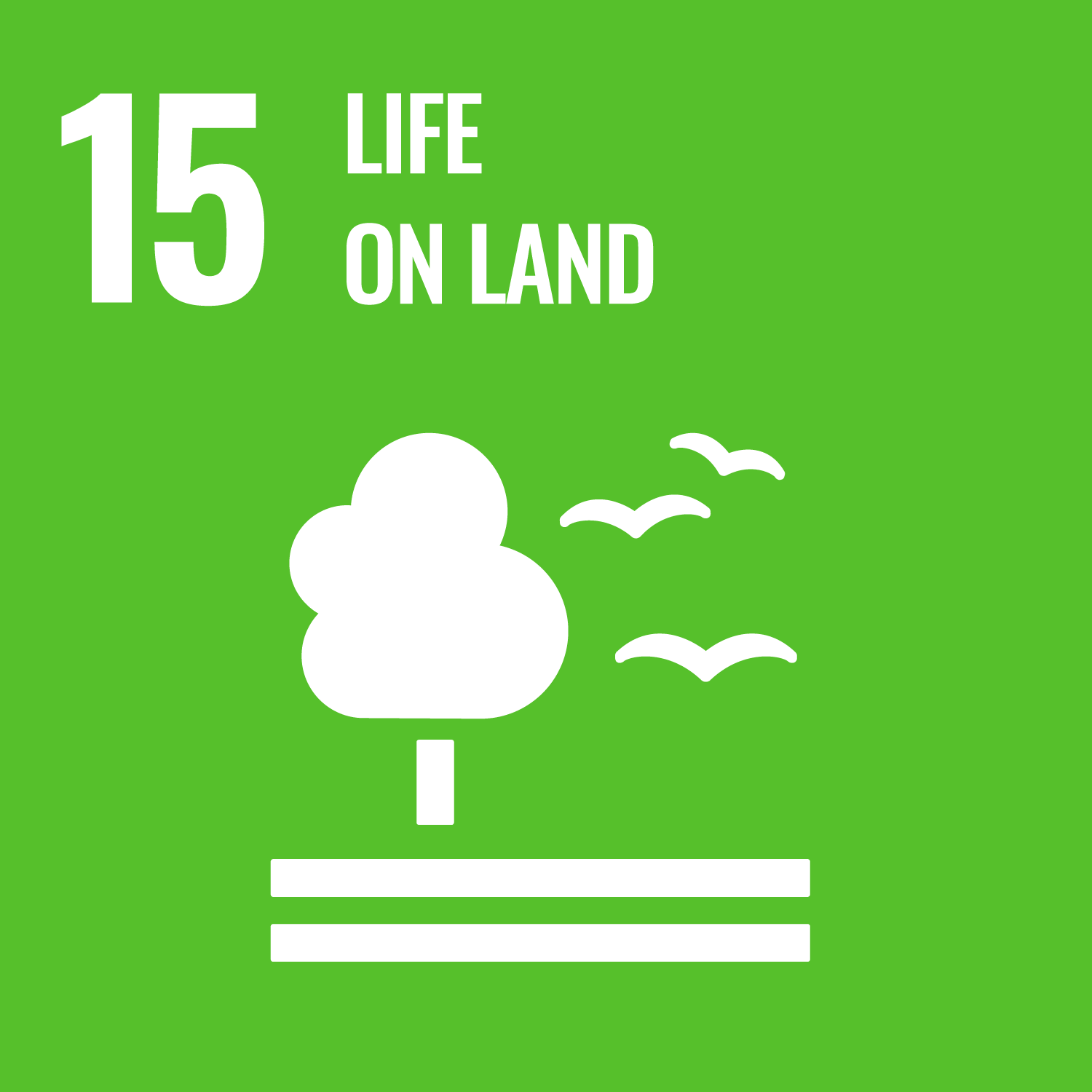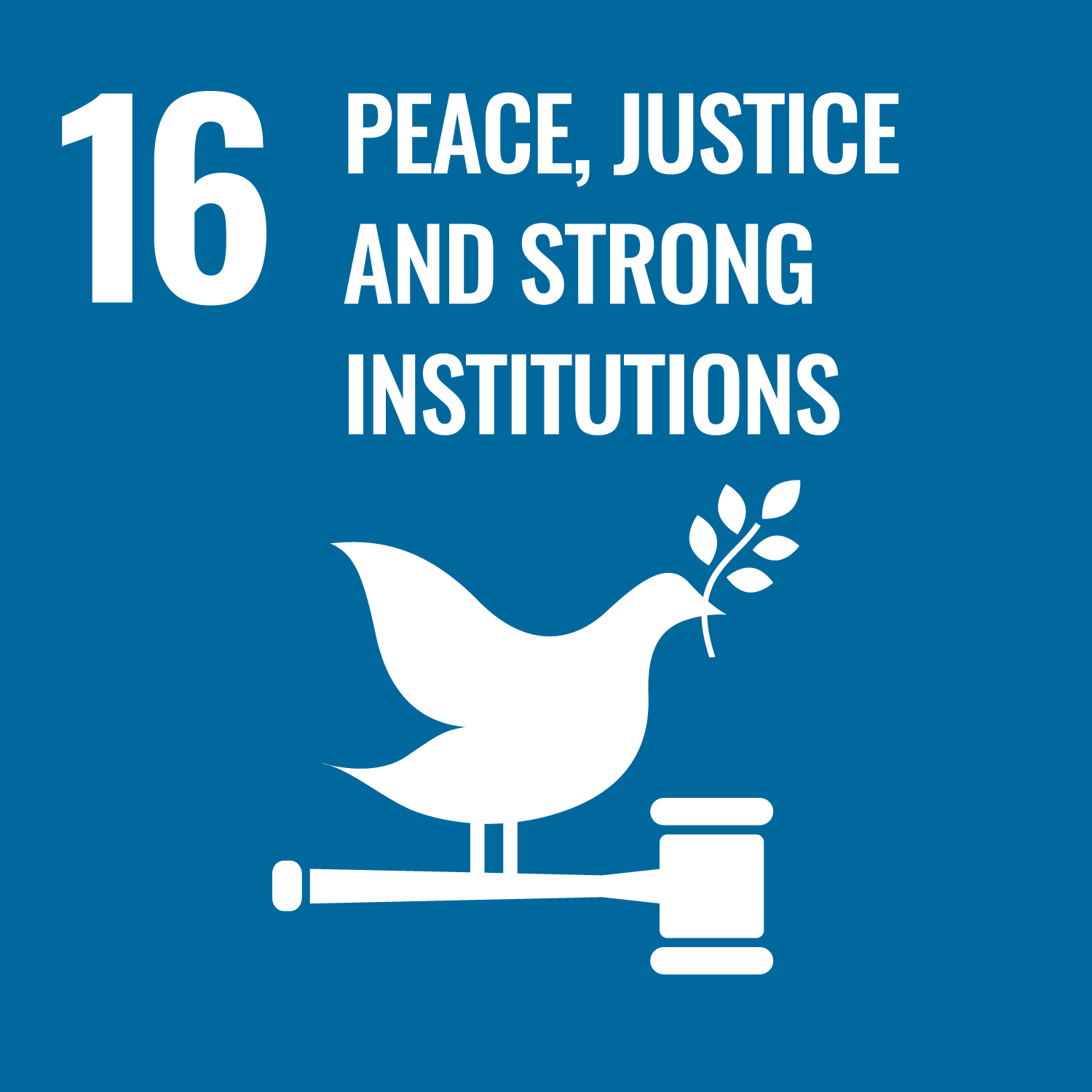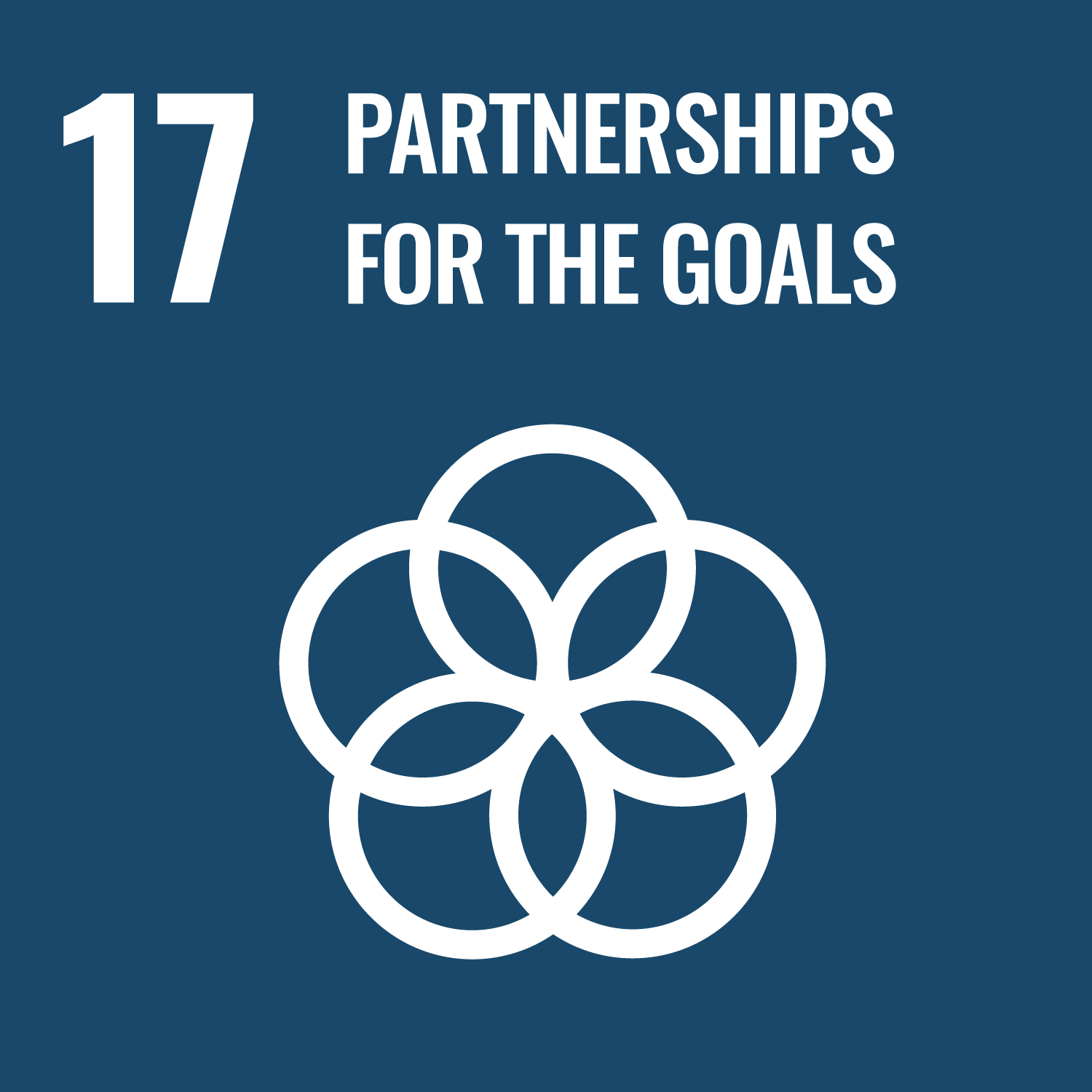What the Project Is
In July of 2020, a loud cheer went through offices in Mumbai and Amsterdam. It wasn’t for a birthday—it was for something way bigger: the B-Corp certification. Tiny Miracles is a project in the textiles industry that proudly holds a B-Corp score of 91.2 and champions a truly inclusive, equitable, and regenerative economy. Certified B Corporations are leaders in the global movement for social and environmental impact, and Tiny Miracles stands shoulder-to-shoulder with inspiring names like Patagonia, Ben & Jerry’s, Rituals, and Tony’s Chocolonely. Tiny Miracles uses their platforms to create beautiful design products, tote bags, paper vases, and home products, all while connecting production with the world of interior design and design aesthetics.
Main Benefit
- Achieved B-Corp certification with a score of 91.2
- Aim to empower 1 million people to lift themselves out of poverty once and for all
- Transforming communities by integrating sustainable practices with fair income opportunities
- Exported 3 million products, including stunning design products and home products
- Planned digital approach tested among 28 communities in Mumbai’s Aarey area with main clients Rituals Cosmetics, Rijksmuseum, and Van Gogh Museum
Community Empowerment
Tiny Miracles started out with a focus on the Pardeshi community—800 people living in Bombay Central, their homes on the sidewalk, their children largely uneducated and often left with no food on the table. Along the way, Laurien realized that simply throwing money at the problem was not the real solution. Instead, long-term structural solutions were required, like healthcare for vulnerable children, awareness lessons, and education. This approach not only creates a place in the economy for underprivileged communities but also fosters education, community spirit, and—most importantly—a way to break the cycle of poverty.
Sustainable Development Approach
Digitalization now enables working ‘the right way’ to be auditable with real-time insights into key metrics such as salary and social security. Funding has gone towards developing products made by women in these communities, offering them a chance to provide for themselves and their families. Tiny Miracles’ approach is in direct support of the #1 Sustainable Development Goal by committing to tackle systemic poverty. This innovative model shows that careful planning, awareness, education, and long-term investments can light a fire of empowerment that spreads globally…
Innovative Product Design
Products ranging from tote bags to a distinctive paper vase have come to symbolize not just design, interior design, and home products, but also a connection between consumer culture and community development. These design products are crafted with a keen eye on quality and purpose, ensuring that each piece not only elevates the aesthetic of any interior but also tells a story. The products produced by beneficiaries—who are paid a truly livable wage—serve as proof that ethical production methods can coexist with innovative design. It is design that empowers people to break poverty and inspire others to join the movement.
Social Impact and Fair Income
The heart of Tiny Miracles beats in its mission to produce products that empower communities and ensure a fair income. This is a project that connects consumers, corporations, and NGOs with extremely poor communities using a community-based strategy. Tisha’s story, for example, speaks volumes—living in a small apartment while her parents stitch bags for Rituals via Tiny Miracles—and she is now in her second year of college. These small miracles, seemingly simple yet tremendously impactful, create the blueprint for sustainable social change by marrying the realms of design products and social justice.
Project Impact
- SDG 1: No Poverty
- Empower Communities: Provide fair income and opportunities
- Break Poverty: Long-term structural solutions for systemic challenges
- Enable Communities: Digital and community-centered approach to change
- Inspire Others: Empowerment through ethical design and sustainable products
Global Vision and Future Potential
Tiny Miracles is not just about growth in numbers; it’s about the growth of a movement. The project aims to license TM 2.0 so that other social entrepreneurs can take the model and help enable 1 million people to lift themselves out of poverty by 2030. With a digital approach that offers transparency and real-time accountability, Tiny Miracles is paving the way for a future where production methods are both ethical and innovative. The initiative’s focus on design—from tote bags to interior design elements—connects everyday consumers with the broader conundrum of poverty, illustrating that every purchase carries a dual purpose: aesthetic appeal and social impact. The journey of Tiny Miracles continues, sparking change across borders, and lighting the path towards a more inclusive and fair world. It is a subtle reminder that sometimes, the tiniest miracles can become the building blocks for global transformation.

